
Do Inuit languages really have more words for snow? And why does it matter, anyway?
A new study shows that Inuit languages really do have more words for snow, but what does that tell us about language?


A new study shows that Inuit languages really do have more words for snow, but what does that tell us about language?

The Chitimacha language was once thought to be extinct, but today is undergoing a renaissance as young people learn the language again.
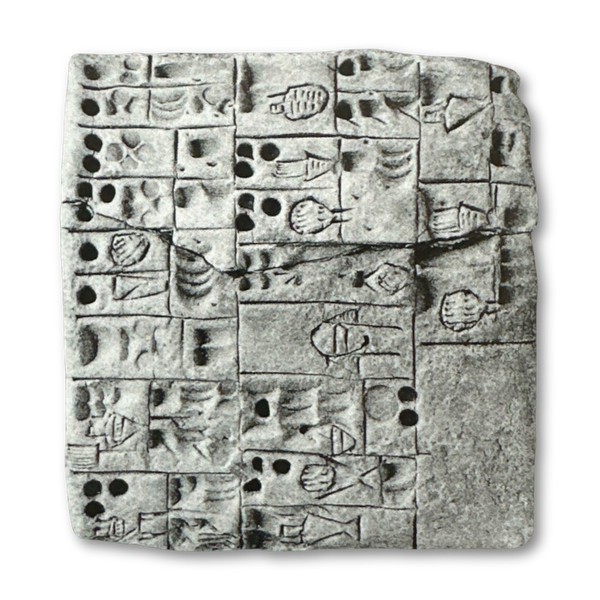
The earliest version of cuneiform wasn't used to write language at all—it was used to count! And that Sumerian system of counting still influences our counting systems today. Here's the story of Sumerian numerals.
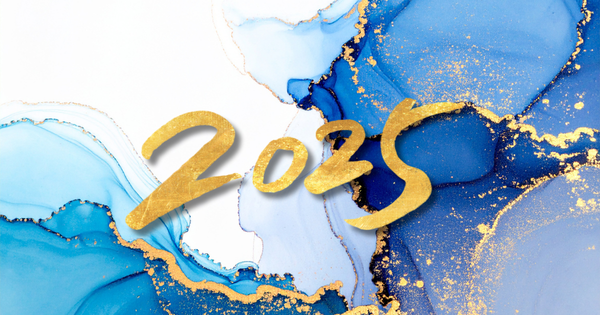
A look back at the first year of the newsletter, and what’s changing in 2026

Also in the news this week: Merriam-Webster chooses “slop” as the 2025 Word of the Year; Gaelic and Scots now recognized as official languages in the UK; and Canada’s prime minister called out for using British spellings

Also this week: The California Language Archives receives a treasure trove of new materials on Pomoan languages. Here's what happened this week in language and linguistics.
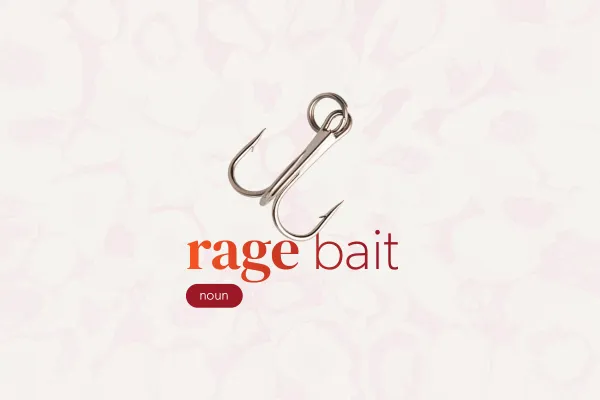
Also this week: Whales are found to use “vowels” + 6,000-year-old Mesopotamian seals linked to the dawn of writing

In defense of Dictionary.com’s 2025 Word of the Year

Also this week: Turkic states agree on a common Latin alphabet; and researchers decode Mandarin Chinese from brain activity
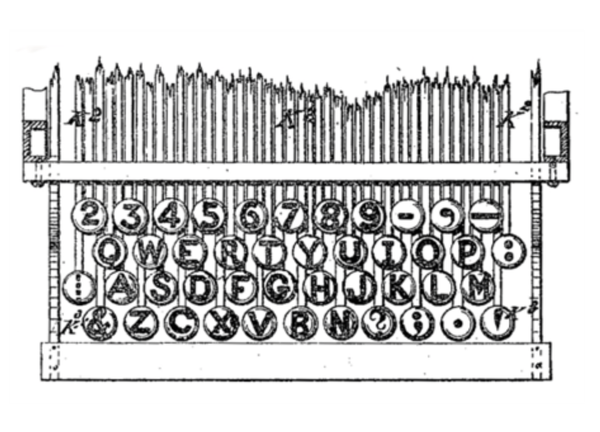
Join League of the Lexicon game creator Joshua Blackburn as he follows the threads of his curiosity about keyboards
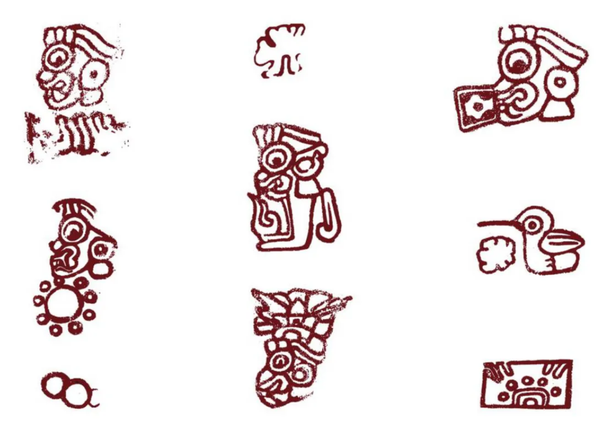
Also this week: How technological advances in language modeling have allowed researchers to develop speech recognition technology even for small, endangered languages

Also this week: How playing a musical instrument helps children learn to read + Why AI is not like humans

Also this week: Smart dogs have a humanlike knack for naming new objects + Birds all over the world use the same sound to warn of threats + The Language-Lover’s Lexipedia

Also this week: The Linguistics of a Showgirl: How Taylor Swift’s accent has changed over time + We will soon be able to talk with other species—but which one will be first?

A sneak peek at Jess Zafarris’ new book, “Useless etymology: Word origins for curious minds”